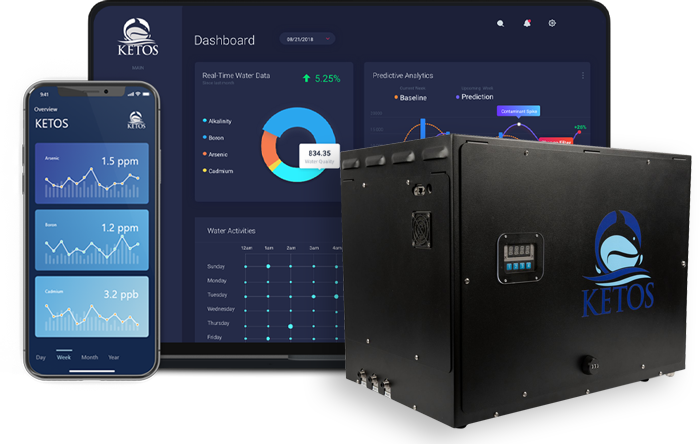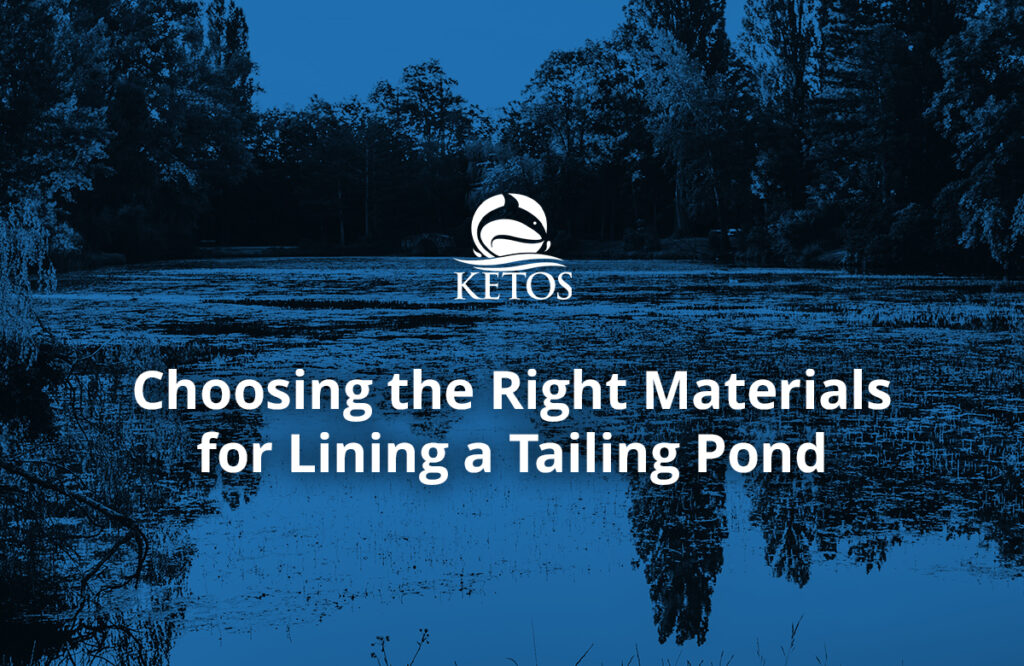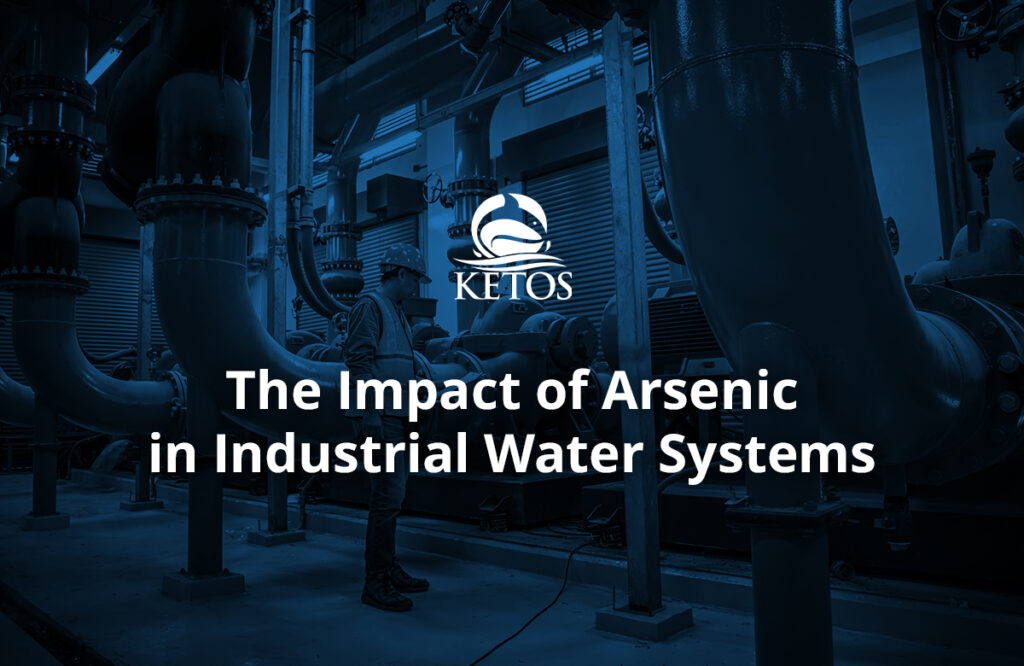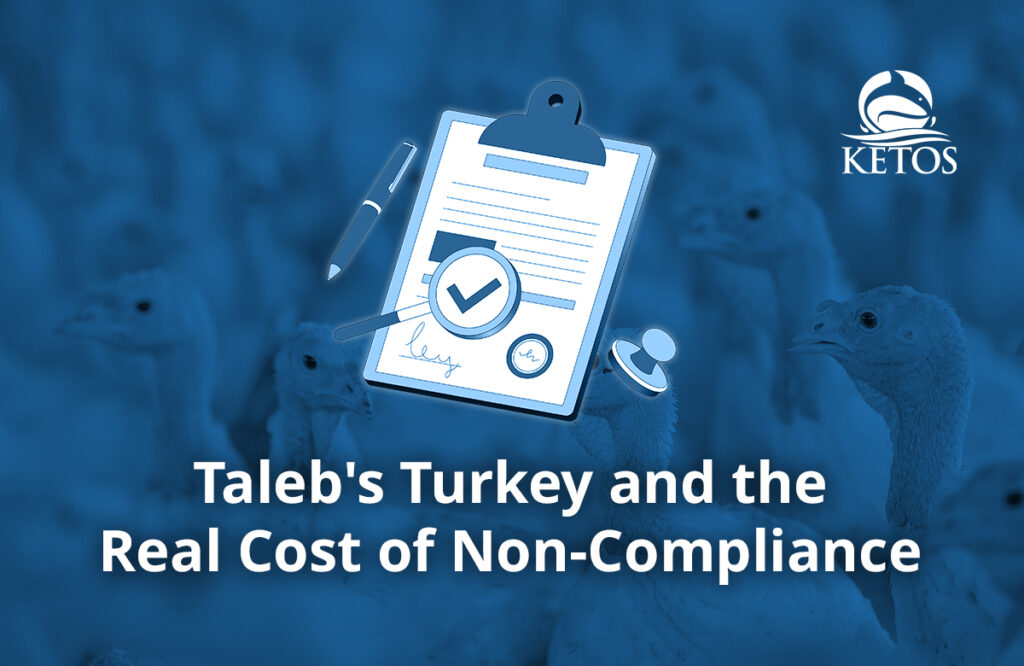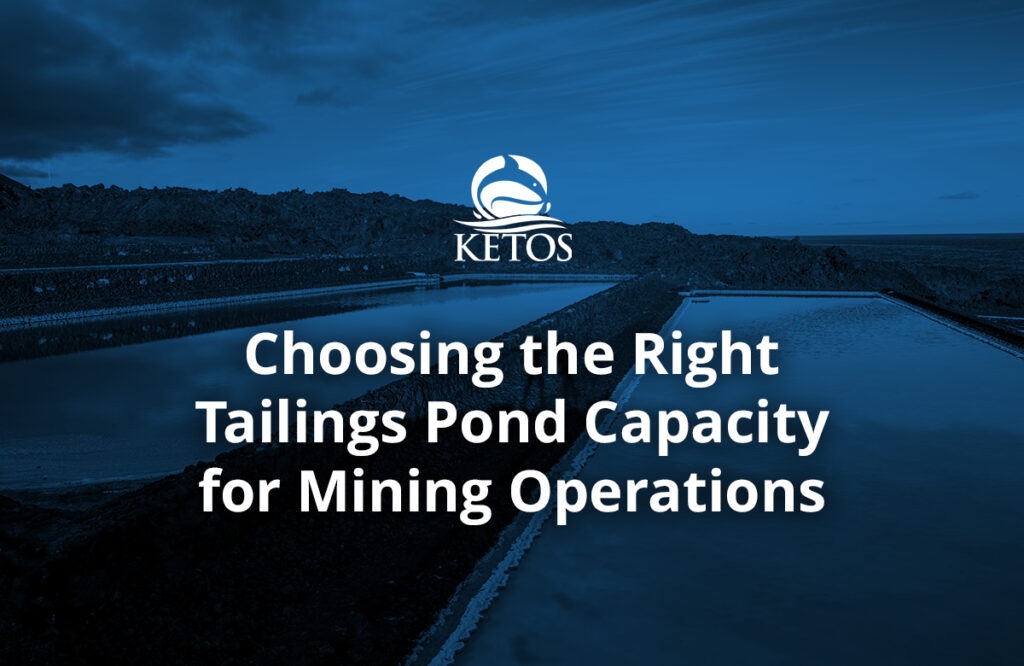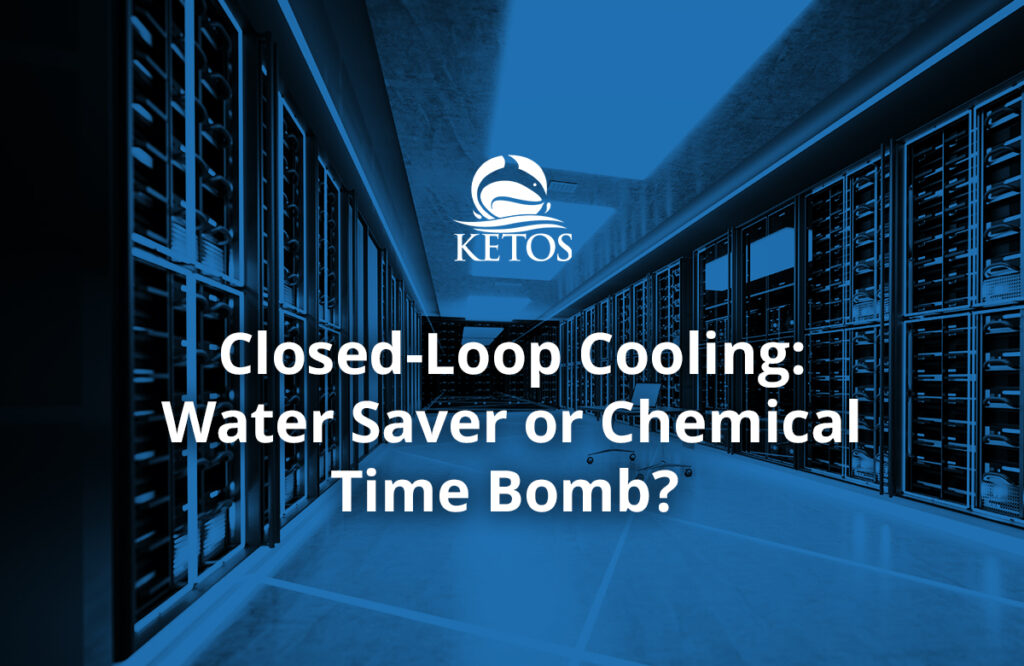Acid mine drainage (AMD) is one of the most challenging environmental issues caused by mining activities. This phenomenon occurs when sulfur-bearing minerals react with water and oxygen, producing sulfuric acid. This acid leaches toxic metals into nearby water sources, causing widespread contamination.
Water monitoring is vital for controlling the spread of acid mine drainage and safeguarding water quality. By continuously monitoring the health of water resources, industries can quickly detect and respond to emerging problems, ultimately protecting ecosystems and human health. Below are seven key reasons why water monitoring is essential when managing AMD zones.
1. Detect Water Quality Problems Before They Become A Liability
Water monitoring allows for the early detection of changes in water quality, which is important in preventing AMD contamination from spreading. Statistical methods for groundwater monitoring enable operators to track key parameters like pH, heavy metals, and total dissolved solids (TDS). These measurements provide real-time insights into water chemistry and identify signs of acidification before they become severe.
For instance, if pH levels suddenly drop, this could indicate an increase in acidity—a hallmark of AMD formation. By catching these changes early through groundwater monitoring, operators can implement corrective measures to prevent more extensive contamination.
2. Prevent the Spread of Contamination
Water monitoring is critical in preventing the spread of pollutants from AMD zones. Traditional water testing methods involve manual sampling, leading to delays in detecting contamination. Automated water quality monitoring systems provide real-time data, allowing immediate responses to sudden spikes in toxic substances.
For example, groundwater monitoring can quickly detect increases in heavy metals such as lead, arsenic, or cadmium, enabling operators to address the issue before the contaminants spread to other areas or water bodies. This proactive approach helps prevent the long-term degradation of surrounding ecosystems.
3. Compliance with Environmental Regulations
Mining operations are subject to strict environmental regulations, particularly concerning water quality. Continuous water monitoring ensures compliance with standards set by regulatory bodies, such as limits on heavy metals and pH levels. Automated systems like the KETOS SHIELD provide accurate and consistent data, making it easier for operators to maintain compliance with regulations and avoid costly penalties or environmental violations.
Utilizing statistical methods for groundwater monitoring allows operators to track compliance with current regulations and anticipate changes in water quality that might require additional action to stay within legal limits.
4. Optimize Water Treatment Systems — In Real-Time
Water treatment processes designed to neutralize the effects of acid mine drainage require continuous monitoring to ensure they are functioning effectively. Groundwater monitoring allows operators to track critical parameters like sulfates, heavy metals, and pH, ensuring that treatment systems such as bioreactors or neutralization methods are properly calibrated.
By analyzing real-time data, operators can quickly adjust treatment methods based on actual water quality conditions, optimizing treatment processes and improving cost-efficiency. This real-time feedback loop, enabled by groundwater monitoring, helps ensure that treatment systems are able to provide an effective response to AMD.
5. Reduce the Cost Associated with Manual Water Sampling
Traditional methods of groundwater monitoring rely heavily on manual sampling and laboratory testing, which are both costly and time-consuming. Automated water monitoring systems provide continuous data, reducing the need for manual intervention and eliminating delays in data collection.
- Automated groundwater monitoring allows for real-time, 24/7 data collection.
- Reduces the costs associated with frequent site visits and lab analyses.
- This system improves the efficiency of data collection and enhances decision-making capabilities.
| Method | Manual Sampling | Automated Monitoring |
| Frequency | Limited (scheduled visits) | Continuous (24/7 data collection) |
| Cost | High (requires travel, lab analysis) | Low (minimal manual intervention) |
| Data Collection Time | Delays in data availability | Immediate data reporting |
| Decision-Making | Delayed response to contamination | Instant response and corrective actions |
By cutting down on manual sampling, mining companies can significantly lower operational costs and improve the efficiency of their water quality management systems.
6. Predictive Analytics to Identify Future Water and Other Environmental Risks
Advanced water monitoring systems use predictive analytics to help identify potential risks before they develop into more serious problems. By analyzing historical and real-time data, predictive models can forecast future trends in water quality, allowing operators to take preventative action against potential AMD formation.
What is groundwater monitoring? Groundwater monitoring involves continuously tracking water quality parameters such as pH, dissolved metals, and sulfate concentrations to assess the health of groundwater and ensure that it remains within safe environmental limits. Creating predictive models using statistical methods for groundwater monitoring offers valuable insights, enabling operators to address issues proactively.
For instance, a model may predict an increase in sulfuric acid levels, prompting an early response to prevent AMD from developing. This proactive approach helps minimize the risk of contamination and the associated environmental damage.
7. Long-Term Monitoring for Sustainable Water Management
Long-term water monitoring is important for maintaining the health of AMD zones and ensuring the sustainability of water resources. Continuous data collection provides a long-term view of water quality trends, helping operators assess the effectiveness of remediation efforts and ensure ongoing protection of water quality.
- Provides ongoing data for assessing remediation strategies.
- Helps operators track water quality over time to identify potential long-term risks.
- Ensures that treatment methods remain effective and sustainable.
Long-term groundwater monitoring not only aids in current management practices but also helps shape future water quality management strategies, contributing to more sustainable environmental practices.
Transform Your Water Monitoring with KETOS
Water monitoring is vital for protecting acid mine drainage zones. The KETOS SHIELD provides real-time data, predictive analytics, and automated reporting, enabling you to detect and address contamination risks quickly.
KETOS offers a cost-effective solution for optimizing water treatment, reducing costs, and ensuring compliance with regulations in AMD zones.
- Track water quality parameters continuously in real time.
- Forecast and prevent potential water quality issues with predictive analytics.
- Access instant, accurate data reporting for improved decision-making.
- Effortlessly meet EPA compliance standards with automated data collection.
- Reduce operational costs with automated, continuous monitoring.
Want to see how we can optimize your water monitoring? Request a demo today and experience the power of real-time data and predictive analytics. Contact us to learn more about how KETOS can help you manage water quality efficiently.
